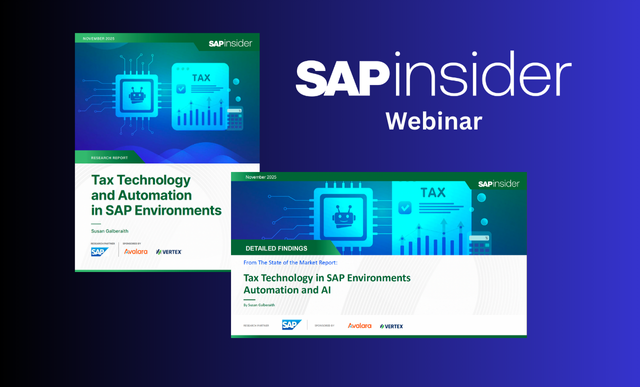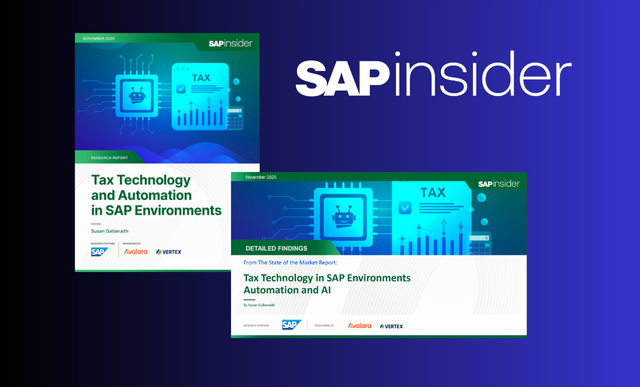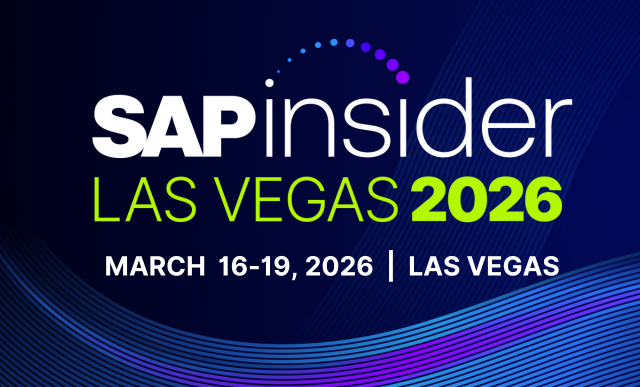Elettric80 Goes Unmanned with Sales Tax
Key Takeaways
-
Elettric80 successfully integrated Avalara’s Tax Compliance Suite with SAP, automating sales and use tax calculations to streamline compliance processes and reduce manual efforts.
-
The implementation of Avalara’s solutions allowed Elettric80 to efficiently manage dynamic sales tax requirements, ensuring accurate tax calculations and maintaining compliance across multiple states.
-
Avalara’s automated solutions enabled Elettric80 to quickly adapt to changing tax regulations, reducing compliance risks and improving operational efficiency as the company expanded.
U.S. subsidiary integrates Avalara and SAP to reduce effort and error Based in Viano, Italy, Elettric80 creates automated solutions for fast-moving consumer goods (FMCG) companies. Designing and building robotic warehouse machinery, laser-driven forklifts, high-density storage systems — and the software to run it all — the company helps its customers maximize flexibility, save time, increase quality and reduce waste in unmanned warehouses around the world.
When Elettric80 opened a U.S. subsidiary in Skokie, Ill., just north of Chicago, growth happened quickly. The company soon found itself struggling to keep up with complex and dynamic sales tax requirements as it added customers in new states.
Pains
Like the warehouses it designs, builds, and automates, Elettric80 runs on as little human power as possible. The small administrative team in Skokie was stretched thin managing the ever-changing database of sales tax rates, manual filing of returns, keeping track of exemption certificates, and changes resulting from customer
mergers and acquisitions. “It was getting difficult for us to keep up with the changes in sales tax,” says Julie
Meredith, director of accounting and administration at Elettric80.
Explore related questions
“It was a fairly manual process, and we were hoping to take some of that extra work from our administrative team — setting up new customers’ tax rates, managing the database of tax rates, managing exemption certificates, staying current on tax rules in the U.S. and in Canada. A few times we learned about a change in tax rates from a customer, or because our numbers were off when we filed a return. As you grow, mistakes like that become more expensive.”
The company reached out to a few solution vendors for information and demos. “Our main requirement was for the solution to be cloud-based,” says Luciano Spotti, the company’s IT manager. “I didn’t want anything we had to install on site, because we are focused on reducing the internal effort required to maintain IT solutions.”





